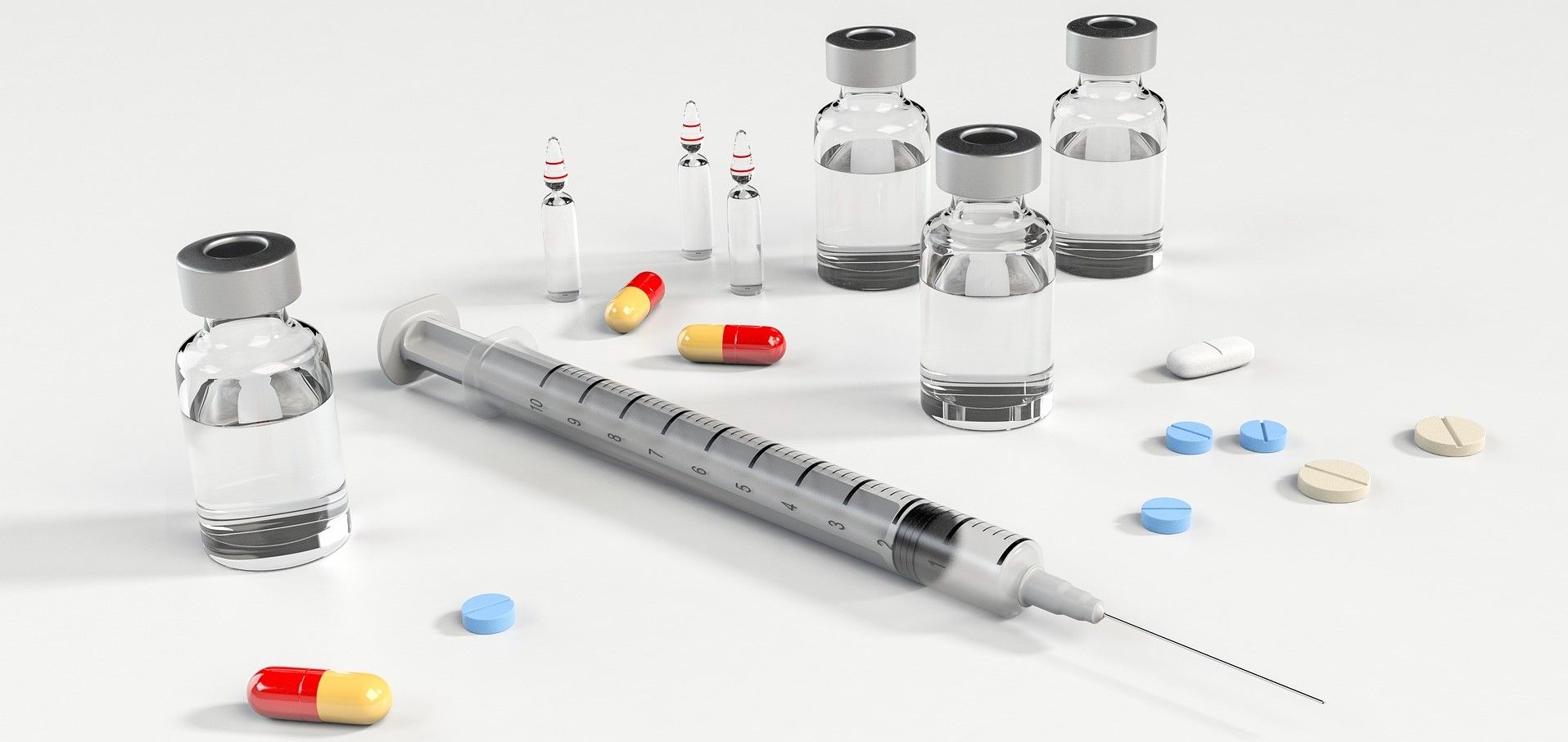Many people have heard of the potential for nanotechnology to change our world. But for investors, news of a technological revolution must be more than something that has been achieved in a laboratory.
For anyone considering putting money towards nanotechnology, it is vital that the science has a real-world practical use.
With this in mind, here is the top five places that nanotechnology is playing an active role in industry, products, and most importantly business.
Nanotechnology in Raw Materials
As the National Nanotechnology Initiative highlights, with nanotechnology, “materials can effectively be made to be stronger, lighter, more durable, more reactive, more sieve-like, or better electrical conductors, among many other traits.”
For this reason, manufacturing frequently looks to nanotechnology to improve products. For example, paints and coatings can be made which are more chip and crack resistant, or even antibacterial and anti-viral.

Nanoparticles are used to strengthen composites to make automobile and bicycle parts yet maintain a lightweight.
Nanoscale films are used on eyeglasses, as well as computer, smart phone, and camera displays. They make these products water repellent, antireflective, resistant to ultraviolet or infrared light, self-cleaning, antifog, scratch-resistant, and/or electrically conductive.

Nanotechnology even plays a role in the textile industry, where the Prague-based company, AG CHEMI GROUP, has developed a process to make fabrics that kill viruses and bacteria on contact.
The product is called NANO AB PP-25 and is a method of embedding nanoparticles of copper, zinc, silver, gold, and cerium into fabric to give it anti-viral and anti-bacterial properties.
Crucially, the fabric is durable and washable, and according to the company’s CEO Igor Sevcenko, the material is capable of, “killing 99.99% of all known bacteria and virus.”
“There are now fixed plans to open a NANO DEVELOPMENT CENTER in Kladno, Czechia by the end of 2020,” Sevcenko explains. “We are now looking for new, well-educated staff to join our team on nanoproduct manufacturing next year.”
Nanotechnology in Medicine
Today, medical researchers are able to administer pharmaceutical products developed on the nanoscale. In doing so, they are able to give the drugs properties that allow more accurate targeting of medicines, slow release medicines, and more efficient use of the chemicals employed, which reduces side-effects.

Other examples of nanotechnology’s use in medicine include the use of NanoViricides which are being used to target diseases such as HIV/AIDS, herpes, influenza, and dengue fever. Nanotechnology is also being used for minute internal sensors, and ‘superparamagnetic nanoparticles’, a technology which, ‘can be used with a number of binding agents, including antibodies, nucleic acids and small molecules.’
Nanotechnology in Energy
Applications of nanotechnology in the energy industry include ‘plasma-based tools and processes’ which aid oil and gas extraction and processing, microscopic zinc oxide cones (nanocones) which boost solar panel efficiency, and nanoparticle materials for use in next-generation lithium-ion batteries.
Nanotechnology in Electronics
As the world searches for ever smaller electrical devices, technology is reaching the physical limit of how small transistors can get. To progress to the next level of computing will require nanotechnology that can make switches that measure only nanometres in size (1 nm = 0.000001 mm).
As the financial information service Investing News, reports, “In 2015, IBM announced it was working on a computer chip that would use 7 nanometer transistors; just two years later it created a 5 nanometer chip. The new chip packs 30 billion 5 nanometer switches onto a chip the ‘size of a fingernail’.”
Adding that, “Samsung has developed its own 5 nanometer process that can make chips even smaller and more power-efficient. In July 2020, Reuters reported that the company’s semiconductor manufacturing division scored a contract to make new Qualcomm X60 modem chips, which will connect devices such as smartphones to 5G wireless data networks.”
Nanotechnology in Filters
One dimensional filters made from graphene are being developed at Ben-Gurion University in Israel that can remove tiny impurities from both air and water, even those as small as bacteria and viruses. While, according to the journal Scientific American, “US researchers have developed a ‘drinkable book’ that uses pages full of silver nanoparticles to filter contaminated water. The book can filter up to 100 liters of drinking water.”

For those still unconvinced that nanotechnology has any future role to play, please consider how many products are already made using nanoparticles, nanowires, nanocones, nanotubes, or one-dimensional sheeting (such as graphene).
Today, nanotechnology is present in electrical devices, sporting equipment, car tyres, satellites, military hardware, cosmetics, sunscreen, microchips, industrial chemical catalysts, food packaging, food processing, motorcycle helmets, smart-fabrics, and many more everyday products.
Nanotechnology isn’t just the future; it is also the present.
To find out more about how to invest in nanomaterial production, then visit AG CHEMI GROUPto learn about buying bonds in a company that is a leading force in nanoparticle production and application in industry.
Photo credit: Arek Socha from Pixabay, Benjamin Nelan from Pixabay, Dean Simone from Pixabay, pexels, freeimages